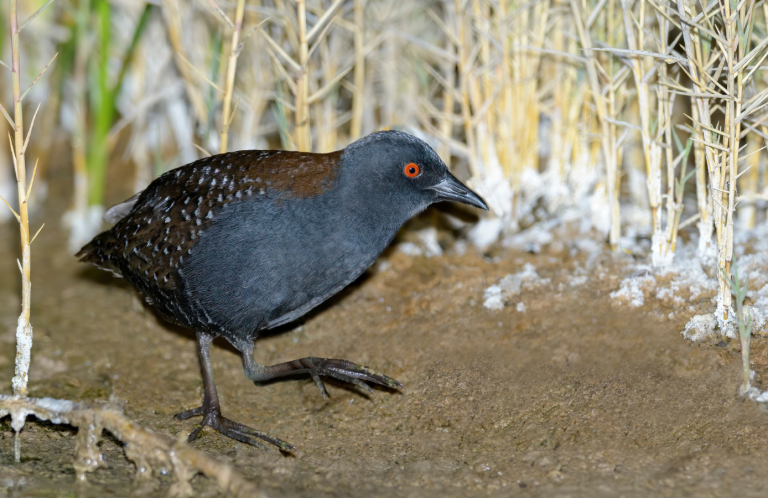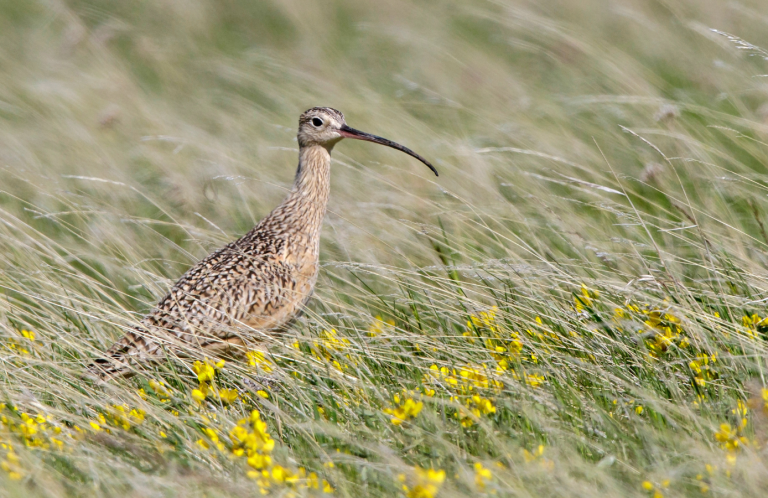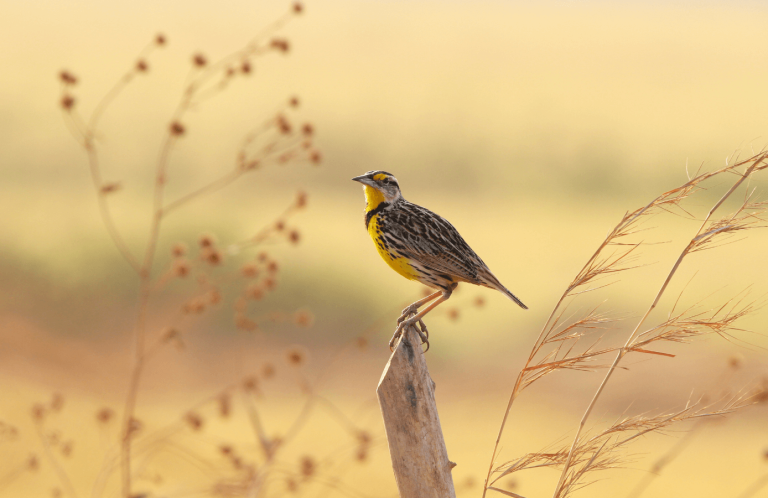Black Tern Populations Are in Decline. Researchers Are Trying to Find Out Why
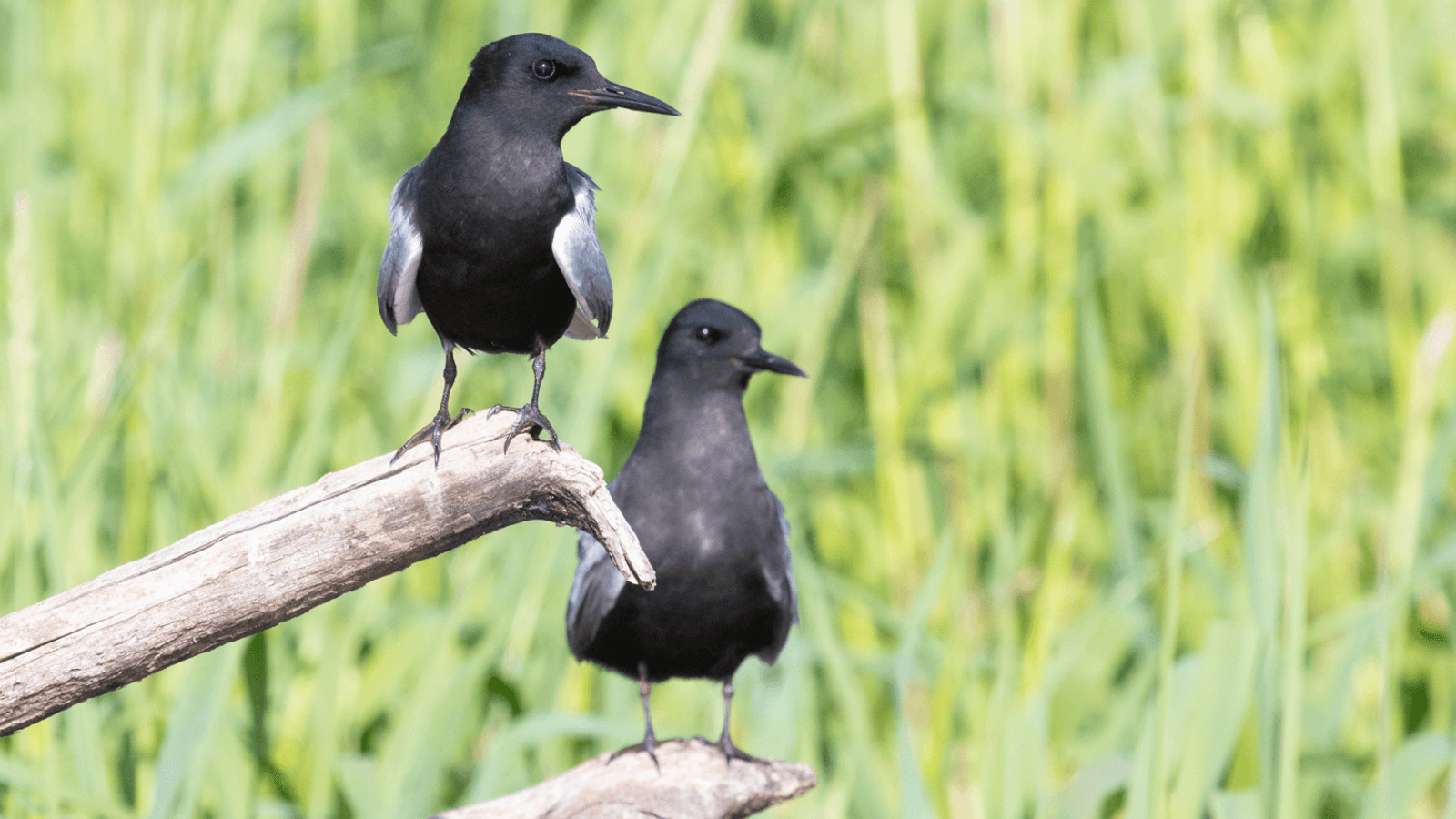
At American Bird Conservancy (ABC) all habitat conservation is informed by sound scientific research. When protecting habitat to help migratory species, this means understanding habitat needs across their full annual life cycles — not just the species' nesting grounds, but their stopover points and nonbreeding grounds as well. Nowadays, this kind of research is typically done by placing a tracking device on migrating birds and mapping their journeys to pinpoint the places most necessary to their survival.
Starting this year, ABC is teaming up with the Smithsonian Migratory Connectivity Project to help sleuth out the reason why a migratory species called the Black Tern is declining. The population of this little waterbird has dropped by more than 50 percent since 1966, but the reason is a mystery. Researchers are rushing to understand what part of its journey this bird is struggling to survive in order to pinpoint the most effective conservation actions.
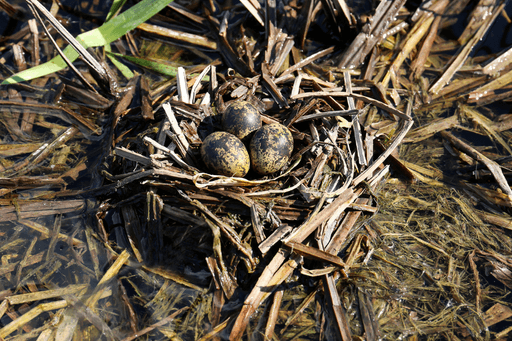
This summer, ABC's Northwest Program Officer Lindsay Adrean and colleagues set out in canoes to place lightweight geolocator tags on Black Terns in one of their westernmost colonies, situated on a marsh in Fern Ridge Reservoir, west of Eugene, Oregon. The species is a peculiar member of the tern family, remaining something of a puzzle to scientists.
Superficially, Black Terns look different from other terns, sporting charcoal-gray backs and black bodies rather than the mostly-white coloration of their cousins. Their lifestyle also sets them apart. Most tern species will nest on dry land near the coast, in dunes or grasses near shore, but Black Terns nest on the water in marshes, balancing their speckled eggs precariously on mats of floating vegetation. Much of their diet consists of insects they snap up on the wing, rather than the small fish that other terns eat.
These birds' light weight (about as much as half a stick of butter) and precarious nesting habits have made them tricky for researchers to study. The colonies in Oregon west of the Cascades, where the new tagging effort is taking place, are at the westernmost edge of the species' range and particularly poorly understood. Researchers know from other Black Tern tagging efforts that many individuals overwinter in just a few spots in Central America, but there is minimal direct evidence to confirm the Western population does the same.
“We don't know for sure where individuals from Western states are going, and we don't know where they're stopping along the way,” said Adrean. “There could be all kinds of barriers that they're encountering, but if we don't know where they're going, we won't be able to figure that part out.”
Researchers have some ideas about what could be causing the species' decline. In winter, they seem to stick to the coasts and rely more on fish like other terns, so they could be suffering from changes in fish availability due to climate change, or habitat loss due to coastal development. But to confirm or refute these hunches, scientists need more data. That's where tagging comes in.
The Smithsonian Migratory Connectivity Project provided ABC with several low-tech geotransmitter tags small enough to fit on the delicate terns without impeding their travels. Such trackers are used because they are lightweight, but they have the drawback of needing to be retrieved before researchers can get at the location data collected.
Of course, in order to get any data at all, Adrean and her colleagues had to first get tags on a bird that spends little to no time on dry land. To do this, they paddled canoes filled with equipment down a creek, watching carefully from the edge of the vegetation to see where terns landed. Then, they slowly maneuvered the canoe through the reeds and cattails until reaching the nest.
“It's just dead vegetation with some eggs sitting on top,” Adrean said.
They carefully scooped out the eggs and replaced them with decoys to avoid accidentally damaging them. A tube of chicken wire that acts as the trap for the adults* was placed over the nest using water bottles as a flotation device. The territorial terns squawked and divebombed the researchers throughout this process, an experience Adrean described as “being whacked on the head by a pencil.”
This summer, despite making six trips and finding seven tern nests, Andrean was only able to get a tag on one of the birds at her study site. If she recaptures the tern next year, though, even this one individual could provide information that could help save its species. Next year, Adrean and colleagues will build on this information — and lessons learned from failed tagging attempts this summer — to get locators on more of these struggling and fascinating birds.
We are grateful to The Volgenau Foundation for their generous support of this project.
*All research and handling of the birds is done by trained professionals with proper permits.
###
American Bird Conservancy is a nonprofit organization dedicated to conserving wild birds and their habitats throughout the Americas. With an emphasis on achieving results and working in partnership, we take on the greatest problems facing birds today, innovating and building on rapid advancements in science to halt extinctions, protect habitats, eliminate threats, and build capacity for bird conservation. Find us on abcbirds.org, Facebook, Instagram, and Twitter (@ABCbirds).
Media Contact
Jordan Rutter
Director of Communications
media@abcbirds.org






































